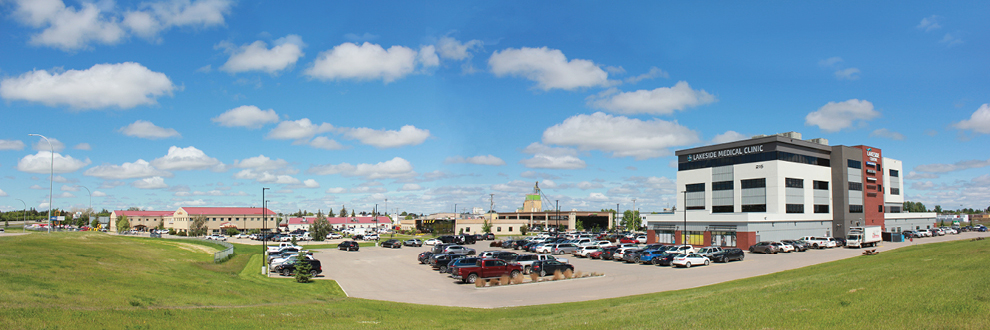Urban Reserves and Land Holdings
First Nations Urban Reserves
An Urban Reserve is land within a city purchased on the open market by a First Nation which eventually will be granted Reserve status by the Federal Government. Land does not become a Reserve just because it is owned by a First Nation. Reserve status is obtained by going through a complex process which results in the federal designation of the land as Reserve. Once an urban reserve is approved by the federal government, jurisdiction transfers to the First Nation, and city bylaws and regulations no longer apply.
Urban Reserves bring a variety of benefits for First Nations and the City, including contributing to First Nations’ financial independence and self-determination, enhancing community supports with urban members, and those living on home reserves, and responding to the Truth and Reconciliation Commission’s Call to Action #92, which calls on municipalities to support Indigenous economic participation through education and employment.
The City refers to Land Holdings as land purchased by a First Nation that has not yet been designated as Reserve status but has the intention of establishing an Urban Reserve in the future.
See our Common Questions about Urban Reserves in Saskatoon for more information.
The City of Saskatoon’s Role
The City of Saskatoon’s role in Urban Reserve creation is to negotiate in good faith the Municipal Services Agreement with the First Nation, which addresses the fee-for-service, bylaw compatibility, and ongoing communications. Urban Reserve creation involves many City staff members: Planning and Development, Servicing, Transportation, and Solicitors are all part of the discussion because it is important for First Nations to understand many aspects of city building, particularly in new areas of the city.
It is the City’s practice to conclude the municipality’s role in the Urban Reserve creation process by offering to host a special signing ceremony in Council chambers, which typically includes Chief and Council, Mayor and Council, and representation from the Board of Police Commissioners. Regional Planning, City Clerks, Indigenous Initiatives, and Communications staff are all involved with planning the special signing ceremonies that are now part of the process.
The Indigenous Land Developer's Resource
The City of Saskatoon welcomes all Indigenous investors considering opportunities for investment and economic development in Saskatoon, including First Nations who may wish to establish an urban reserve within Saskatoon. While the urban reserve creation process is led by federal and provincial governments, the City has an active role in the process.
A Developer’s Handbook has been developed to provide a guided approach to those who intend to develop land within the City of Saskatoon, with a section specifically focused on First Nations who may wish to establish an urban reserve within the city.
The handbook provides information on what you need to know before purchasing and developing land, including:
- Important plans and policies
- Re-zoning and subdividing land
- Developing un-serviced or fully serviced land
- Preparing a land development proposal
- Opportunities for development incentives
- Environmental considerations
- Key stakeholders, including major utility providers
- Establishing an urban reserve
The City encourages those interested in developing land in Saskatoon to contact the Planning & Development Department at regional.planning@saskatoon.ca or 306-975-2645 before purchasing land to ensure the site selection, building plans and development interests align with municipal regulations and requirements.
For more information on Urban Reserves or to learn more about First Nations with land interests in Saskatoon and area, visit saskatoon.ca/urbanreserves.
Home to the First Commercial Reserve in Canada
The City of Saskatoon is home to the first commercial urban reserve in Canada. This urban reserve, Asimakeniseekan Askiy, was created by Muskeg Lake Cree Nation in 1988. Its creation pre-dates the drafting and signing of the Treaty Land Entitlement (TLE) Framework Agreement, signed by Canada, Saskatchewan and approximately 30 First Nations in the Province in 1992. It is fair to say that the enduring relationships and work done by Muskeg Lake Cree Nation and the City of Saskatoon laid the foundation for the TLE Framework Agreement and the resulting process to settle outstanding land claims throughout the Province, ever since.
The promotional video below features a panel discussion with leadership from Muskeg Lake Cree Nation and the City of Saskatoon who were directly involved with establishing the urban reserve.
This video is being shared with you on behalf of the project team and the leadership from Muskeg Lake Cree Nation and the City of Saskatoon.







